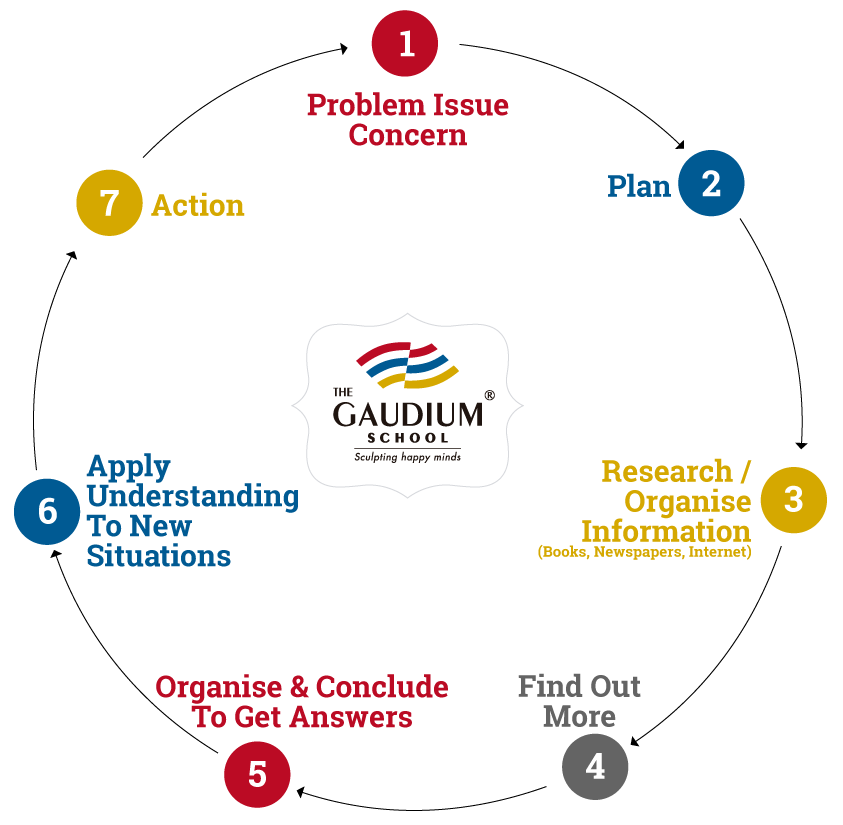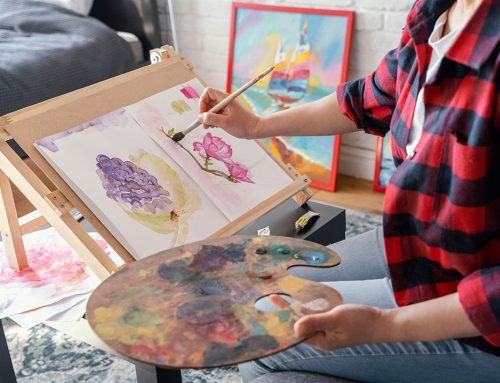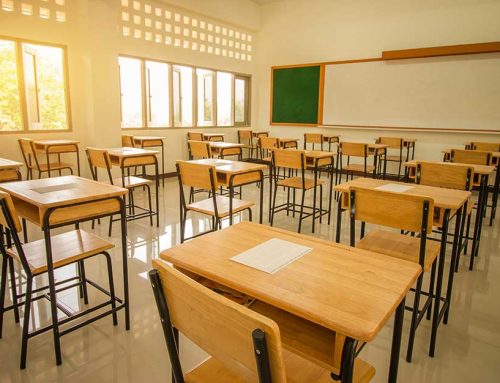‘Children must be taught how to think, not what to think’.~Margert Mead
It is often presumed that inquiry cycles help teachers involve students and lead them toward understanding about or unpacking central ideas. But in reality, students take them as formulas that create the effect of impositions on them. Perhaps we as teachers need to think of how does inquiry happen and should come up with a more open and flexible process that is encouraging and engaging students for them to know who inquires and what inquiry is for them. Thus, we prepare our learners or students to take ownership, share their voice and make a choice in their learning.
As a PYP Grade 3 homeroom teacher, I have learned a great deal by implementing inquiry-based learning in my classroom, which always seemed to me the right way to foster intellectual engagements. My students always followed the Kath Murdoch’s Inquiry Cycle and it was often turned out to be a me-lead, the teacher-led one, until recently when my students realized this and asked questions like: who is using this? who is this cycle for? and why can’t we design our own inquiry cycle? To initiate designing a student-led inquiry cycle, we started collaborating and to be more specific, sharing ideas based on the ‘Wh’ questions – what, why, how and when, as the first step. My students seemed to have very different starting points and different routes that they wanted to take. My challenge was to find a way to incorporate all their ideas and models.
However, while collaborating and planning together with my students, I felt that we could use this opportunity to move away from giving straight forward set of instructions. In order to give the students ownership of their learning process, I looked for a way to introduce the students to the ‘why’ and ‘how’ of inquiry rather than the others. I gave them the situation – ‘Imagine that you have been visiting a school in Kerala. Suddenly, due to heavy rains, you got stuck in flooded area. Now you have to travel back home from Kerala. How will you do it?’
My students came up with the following keywords:
- Think-Reflect
- Plan
- Organization
- Find out
- Inquire
- Possible solution
- Action

After a brief discussion, we combined these key words/ideas and came to design the final step of their inquiry process!
This was truly innovative for all of us. We found it challenging to collaborate and reach a consensus, but the benefit was – more empowered, engaged students who can act responsible for their learning and its process. I have given my students opportunities to make decisions while being engaged in designing their inquiry cycle. This was just the starting point for our students to begin not only to find solutions but also to identify and voice their understanding of issues, problems and concerns.
We must take the lead to think, reflect and engage in metacognition so that tomorrow when we face the uncertain world, we know the whys and hows more than just the whats! I believe that, as teachers, we all have a responsibility to allow our students drive their own inquiries and learning and in turn bring agency, where every student has a voice and choice and ownership in his or her class. This will in turn help us create lifelong learners, who respect differences and believe in making this world a peaceful one!






Leave A Comment